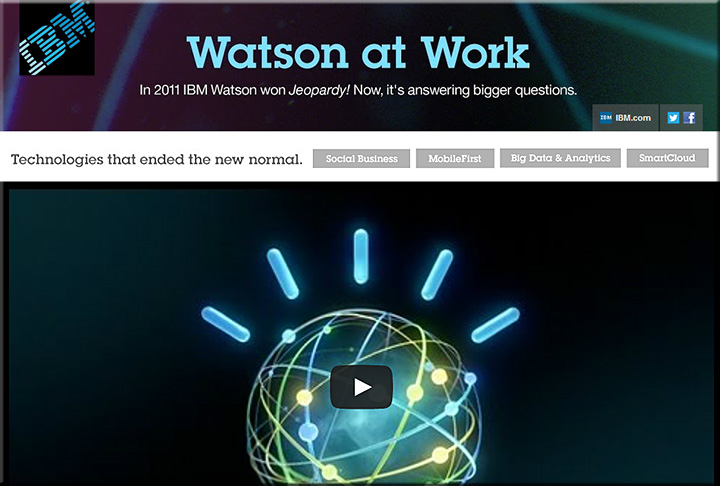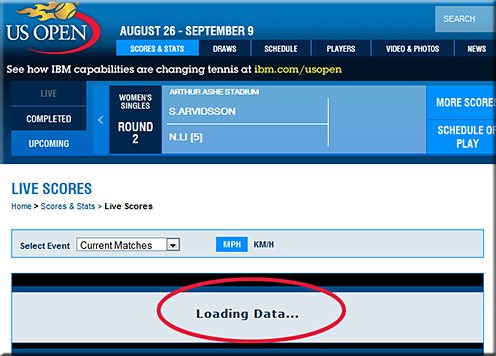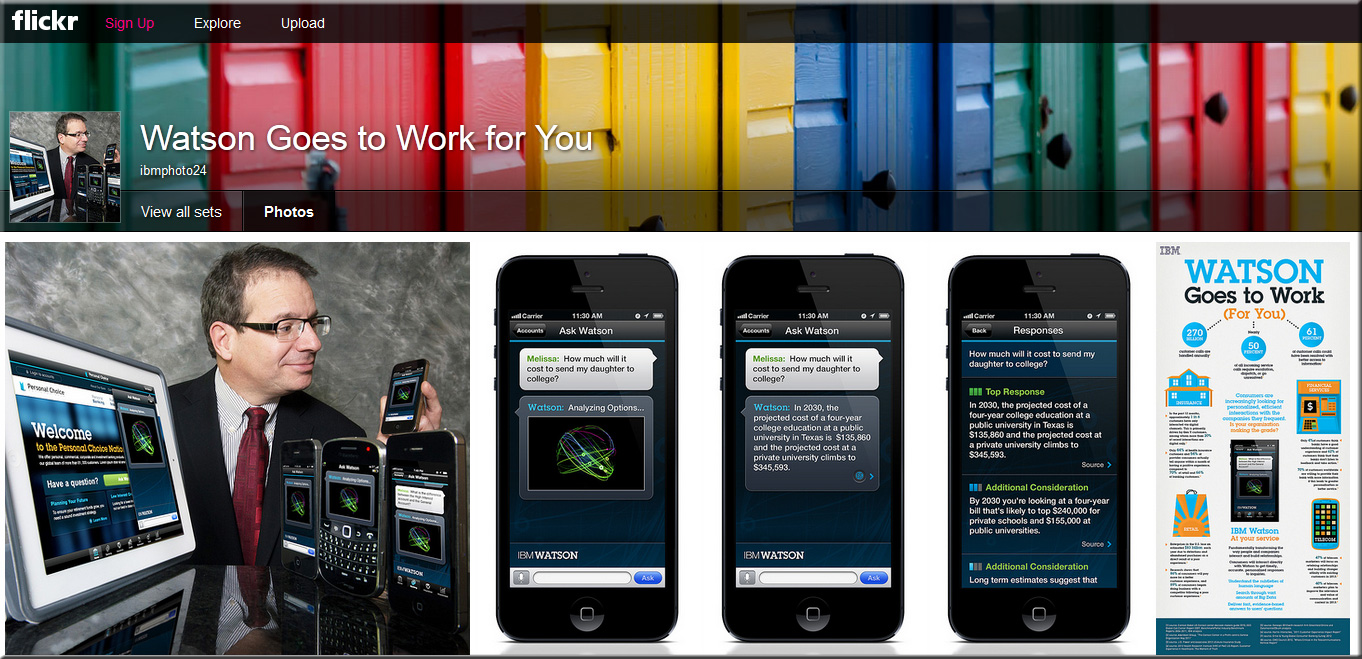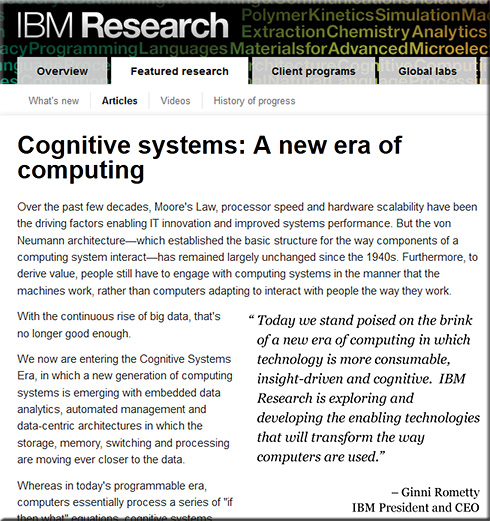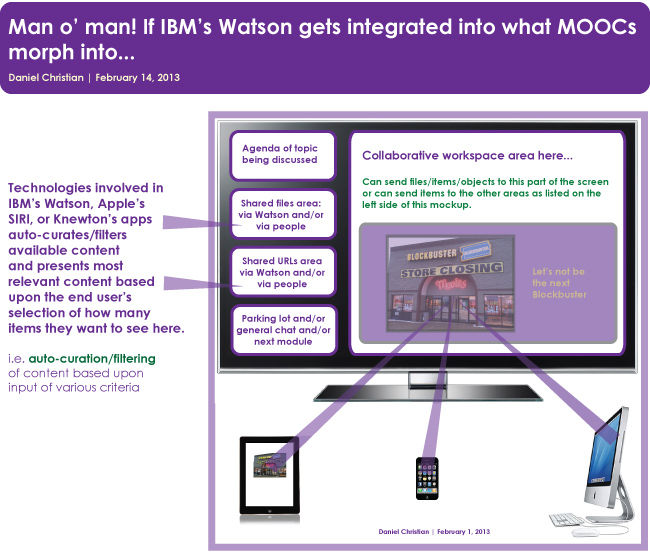From DSC:
IBM Watson continues to expand into different disciplines/areas, which currently include:
- Healthcare
- Finance
- Customer Service
But Watson is also entering the marketing and education/research realms.
I see a Watson-type-of-tool as being a key ingredient for future MOOCs and the best chance for MOOCs to morph into something very powerful indeed — offloading the majority of the workload to computers/software/intelligent tutoring/learning agents, while at the same time allowing students to connect with each other and/or to Subject Matter Experts (SME’s) as appropriate.
The price of education could hopefully come way down — depending upon the costs involved with licensing Watson or a similar set of technologies — as IBM could spread out their costs to multiple institutions/organizations. This vision represents another important step towards the “Walmart of Education” that continues to develop before our eyes.
Taking this even one step further, I see this system being available to us on our mobile devices as well as in our living rooms — as the telephone, the television, and the computer continue to converge. Blended learning on steroids.
What would make this really powerful would be to provide:
- The ability to create narratives/stories around content
- To feed streams of content into Watson for students to tap into
- Methods of mining data and using that to tweak algorithms, etc. to improve the tools/learning opportunities
Such an architecture could be applied towards lifelong learning opportunities — addressing what we now know as K-12, higher education, and corporate training/development.
.
![The Living [Class] Room -- by Daniel Christian -- July 2012 -- a second device used in conjunction with a Smart/Connected TV](http://danielschristian.com/learning-ecosystems/wp-content/uploads/2012/07/The-Living-Class-Room-Daniel-S-Christian-July-2012.jpg)









